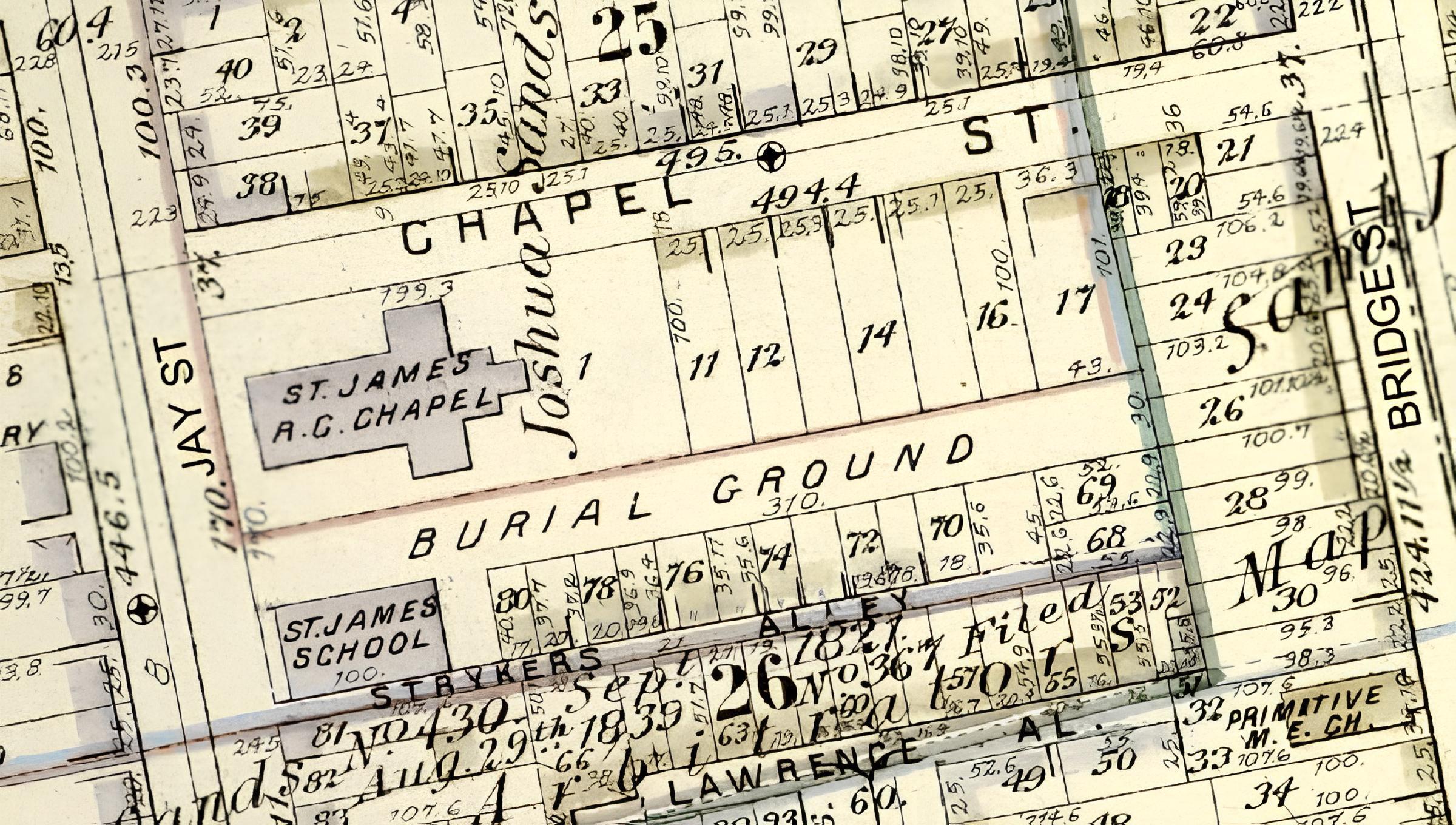About Us

our history
The seeds of Catholicism were planted in New York by the French Jesuits in Canada. The revolutionary era was a significant time for American Catholics and had a significant impact on religious freedom in the newly formed republic. Archbishop John Carroll achieved greatness for Catholicism as he was the first Roman Catholic bishop in the United States. He oversaw suffragan sees at New York, Philadelphia, Boston, and Bardstown, Kentucky.
By the early 1800s, immigrants were coming to Long Island in large numbers. Many were Irish and Catholic. Brooklyn became known as the capital of Long Island and continued to grow in the nineteenth century. At first, to attend Mass, Brooklyn Catholics traveled by the Fulton Street Ferry to Manhattan to attend St. Peter’s on Barclay Street.
A layman, Peter Turner, set out and petitioned to have a Church in Brooklyn. It would come to be known as The Cathedral Basilica of St. James, Long Island’s first Catholic Church. Between 1822 and 1853, Catholicism on Long Island continued to grow. Peter Turner organized the Roman Catholic Orphan Asylum Society, the nucleus of the Catholic child care system. Following the founding of St. James, more Brooklyn parishes would open, including St. Paul’s Church in 1838. Our Lady of Mount Carmel would become the first Catholic Church in Queens.
Between 1845 and 1854, nearly three million immigrants entered the United States due to the Irish Famine, political and economic unrest in Europe, and religious persecution. A rising Catholic immigrant population led to a rise of Nativism, a moment composed of native born Protestants who resented their presence.
It was during the First Plenary Council where the start of the Brooklyn Diocese was first discussed. On May 19, 1852, bishop wrote to Pope Pius IX, recommending that he establish dioceses in Portland, Burlington, Brooklyn, Newark, Wilmington, Covington, Quincy, Natchitoches, as well as Vicariates Apostolic in Michigan and Florida. On October 30, 1853, Father John Loughlin was named the first Bishop of Brooklyn. He led the diocese from 1853 until1856, at which time the Civil War preserved national unity, westward expansion, and industrial growth.
Nineteenth century Brooklyn brought with it the rise of the Catholic Press. From Manhattan to Sag Harbor, weeklies followed the Church’s progression. From 1841 to 1955, the Brooklyn Daily Eagle was a nationally renowned paper. By 1891, there were 125 parochial schools and academies. Catholic schools played a pivotal role in helping immigrants and their children assimilate to America. With education came the formation of Brooklyn clergy through a new seminary.
After the death of Bishop Loughlin, Monsignor Charles Edward McDonnell was appointed the second Bishop of Brooklyn. By the 1890s historical consciousness had begun to emerge and people were taking an interest in preserving diocesan history and artifacts. Bishop McDonnell was encouraged by the laity in favor of a Catholic newspaper and thus, The Tablet was born. Named after the English Catholic journal McDonnell admired, the first issue was published on April 4, 1908.
Father Thomas E. Molloy was installed as the third Bishop of Brooklyn in 1922, and his episcopacy lasted until 1956. One of Bishop Molloy’s greatest accomplishments was charity work. Catholic Charities came into existence, working in hospitals, orphanages, and neighborhood health centers. Bishop Molloy erected over one hundred parochial schools and founded over 102 parishes during his 34 year episopate. He also contributed to the growth in foreign missions.
In 1957, the Diocese of Rockville Centre, Nassau and Suffolk Counties were established. Father Walter P. Kellenberg was named the first Bishop of Rockville Centre. Brooklyn became the only completely urban diocese in the United States. The 1960s was a coming of age for American Catholics with the election of the first Roman Catholic president, John F. Kennedy.
Father Bryan J. Joseph McEntegart became the fourth Bishop of Brooklyn in a time in which neighborhoods that had been predominantly white ethnic European, now experienced an influx of Hispanic, Caribbean, and African-American residents. Bishop McEntegart was committed to serving these communities, and even learned the Spanish language. Under his leadership, three new high schools were built in Brooklyn, and three in Queens. Catholic Colleges also thrived. As Catholics students attended secular colleges, the Newman Center opened its building in Brooklyn College and in Queens College. Bishop McEntegart also expanded the seminary system with the opening of Cathedral Preparatory Seminary in Elmhurst and Cathedral College of the Immaculate Conception in Huntington.
With the installation of the fifth Bishop of Brooklyn, Bishop Francis J. Mugavero, it was a time for hope for the Diocese of Brooklyn. At the beginning of the twentieth century, the American Catholic Church was predominantly working class. After World War II, veterans pursued degrees in higher education. Bishop Mugavero assumed a national role in the American Catholic fight for social justice. This led to the U.S. Bishops’ Campaign for Human Development. Today, it continues to lead the fight against domestic poverty.
In 1965, Congress lifted a decades-long ban on immigration, and as a result, new immigrants entered the country. They fled from communism in Asia and Eastern Europe. There was also an increase of Hispanic immigration. Brooklyn was the first diocese in the United States, if not the world, to answer the call to help newcomers in their spiritual and material needs. Bishop Mugavero adapted the American Bishops’ pastoral letter, a mission in light of Vatican II, to teach as Jesus did. He implemented a comprehensive plan for religious education to defend and promote faith, and used local media to promote his message. To strengthen his opposition to abortion, the Office of Family Life/Respect was established. This office also instituted Pre-Cana programs to strengthen the preparation process for family life.
Between 1965 and 1984, some 7,000 priests left the ministry. As a result, priests were allowed greater freedom of expression, as well as input in their assignments. Bishop Mugavero implemented the diocese’s permanent diaconate program. Today, permanent deacons serve the diocese in a variety of capacities: sacramental, pastoral, teaching, and administrative.
In the years of 1980-2000, the immigrant population of the New York metropolitan area exceeded four million. The Diocese of Brooklyn, long recognized as the Diocese of Immigrants, comprises people from 167 countries around the world.
On April 18, 1990, Father Thomas V. Daily was installed as Bishop of Brooklyn. One of his first actions in the diocese was to establish a Committee on Racial Harmony. The committee addressed the issue of racism, and taught that everyone is made in the image of God. Bishop Daily has long been recognized as a defender of human dignity. He also encouraged eucharisitc devotion as the key to the renewal of Catholic life. Bishop Daily’s 1996 campaign “Alive in Hope” became a nationwide model for diocesan fundraising campaigns. He called for Brooklyn Catholics to foster a spirit of collaboration so that their gifts and talents might be discerned and used for the good of the local Church. Parish clusters were formed to strengthen the local Church.
Bishop Nicholas DiMarzio was installed as the seventh bishop of Brooklyn on October 3, 2003. During his 18 years as Bishop of Brooklyn, he was at the forefront of change to right the wrongs of clergy sexual abuse. Throughout his episcopacy, he regularly met with victim-survivors and instituted an annual Mass of Hope and healing. He was a champion of faith and service to God’s people, a powerful advocate for the rights of immigrants, and spoke against the ills of racism.
Bishop Nicholas DiMarzio was succeeded by the eighth Bishop of Brooklyn, the Most Reverend Robert J. Brennan, on November 30, 2021. Bishop Brennan has a strong commitment to parish pastoral activity. In 2023, he instituted the Lenten Pilgrimage, inviting the faithful to join him in visiting churches during Lent. Also in that year, he led the Eucharistic Revival, drawing nearly 7,000 faithful from Brooklyn and Queens. With the launch of his podcast, Big City Catholics, Bishop Brennan engages in weekly conversation about faith and his ministry throughout the diocese. He currently serves as the Chairman of the USCCB Committee on Cultural Diversity in the Church, as a Consultant to the Committee on Pro-Life Activities, and is a member of the Board of Trustees for The Basilica of the National Shrine of the Immaculate Conception. During the Jubilee Year of 2025, he exemplifies the meaning of being “Pilgrims of Hope.”
For a much deeper dive into the history of the Diocese of Brooklyn, please read Diocese of Immigrants: The Brooklyn Catholic Experience, 1853- 2003. The book is out of print, but used copies may be available from online resellers.

